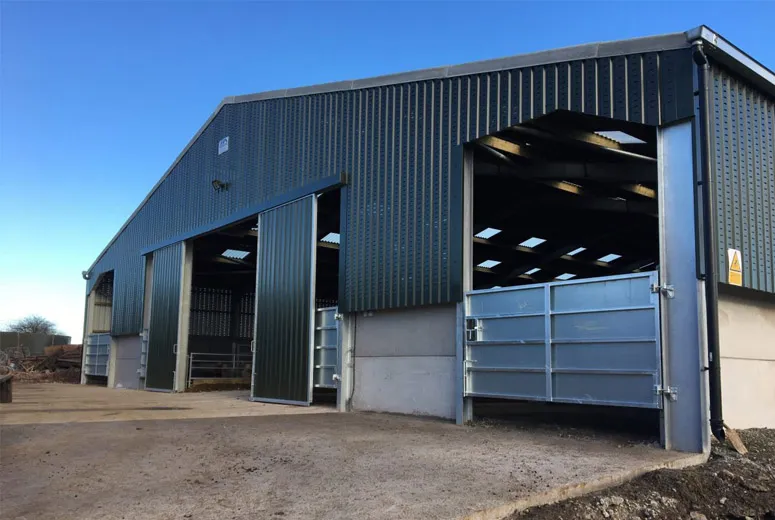- Afrikaans
- Albanian
- Amharic
- Arabic
- Armenian
- Azerbaijani
- Basque
- Belarusian
- Bengali
- Bosnian
- Bulgarian
- Catalan
- Cebuano
- Corsican
- Croatian
- Czech
- Danish
- Dutch
- English
- Esperanto
- Estonian
- Finnish
- French
- Frisian
- Galician
- Georgian
- German
- Greek
- Gujarati
- Haitian Creole
- hausa
- hawaiian
- Hebrew
- Hindi
- Miao
- Hungarian
- Icelandic
- igbo
- Indonesian
- irish
- Italian
- Japanese
- Javanese
- Kannada
- kazakh
- Khmer
- Rwandese
- Korean
- Kurdish
- Kyrgyz
- Lao
- Latin
- Latvian
- Lithuanian
- Luxembourgish
- Macedonian
- Malgashi
- Malay
- Malayalam
- Maltese
- Maori
- Marathi
- Mongolian
- Myanmar
- Nepali
- Norwegian
- Norwegian
- Occitan
- Pashto
- Persian
- Polish
- Portuguese
- Punjabi
- Romanian
- Russian
- Samoan
- Scottish Gaelic
- Serbian
- Sesotho
- Shona
- Sindhi
- Sinhala
- Slovak
- Slovenian
- Somali
- Spanish
- Sundanese
- Swahili
- Swedish
- Tagalog
- Tajik
- Tamil
- Tatar
- Telugu
- Thai
- Turkish
- Turkmen
- Ukrainian
- Urdu
- Uighur
- Uzbek
- Vietnamese
- Welsh
- Bantu
- Yiddish
- Yoruba
- Zulu
دسمبر . 03, 2024 18:57 Back to list
Understanding the Costs of Prefabricated Warehouses
In recent years, the concept of prefabricated warehouses has gained significant traction among businesses looking for efficient, cost-effective solutions for their storage and operational needs. These structures, often referred to as prefab warehouses, are built using factory-produced components that are then transported to the site for assembly. This method of construction provides numerous advantages, but it’s essential to understand the various costs involved in the process to make informed decisions.
The Key Benefits of Prefab Warehouses
Before diving into the costs, let’s briefly touch on the benefits of prefabricated warehouses. The primary advantage is speed. Since components are manufactured in a controlled environment, weather delays are minimized, and assembly onsite is typically quicker compared to traditional construction methods. This means that businesses can start operations sooner, which is particularly advantageous for companies needing immediate storage solutions.
Another significant benefit is cost-saving. Prefabricated warehouses often require less labor and time to construct, which directly influences overall expenses. Additionally, the use of standardized components can lead to bulk purchasing discounts, further reducing costs. The efficiency of the building process can also lead to lower overall maintenance costs.
Breakdown of Prefab Warehouse Costs
1. Design and Planning Costs The initial phase involves architectural and engineering designs tailored to specific business needs. This phase can include hiring professionals for feasibility studies and obtaining necessary permits. Depending on the complexity and location, costs can range from a few thousand to tens of thousands of dollars.
2. Materials Costs The materials used in prefab construction typically include steel, concrete panels, and insulation materials. Prices for these materials fluctuate based on market conditions, quality, and the specific requirements of the project. Generally, the cost of materials for a prefab warehouse can range from $20 to $40 per square foot, depending on location and market variables.
3. Manufacturing Costs Once the design is finalized, the components are manufactured in a factory setting. The manufacturing costs cover labor, factory overheads, and transportation of materials to the construction site. This part of the cost is usually lower than traditional methods due to the efficiency of production lines, typically ranging from $10 to $30 per square foot.
prefab warehouse cost

4. Site Preparation and Foundation Before assembly, the construction site must be prepared and a foundation laid. Site preparation can involve leveling the ground, excavation, and installing utility connections. Depending on geographic conditions, these costs can vary widely, ranging from $5 to $15 per square foot.
5. Assembly and Labor Costs The on-site assembly costs involve labor for erecting the structure and installing systems like electrical, plumbing, and HVAC. Given the speed of installation with prefab warehouses, labor costs are generally lower than with traditional construction, typically ranging from $10 to $20 per square foot.
6. Utilities and Additional Features Businesses often require additional features such as climate control, specialized loading docks, or high-tech inventory systems. The cost for these systems can vary significantly based on needs, ranging from a few thousand to tens of thousands of extra dollars.
7. Ongoing Maintenance and Operational Costs Once the prefab warehouse is completed, ongoing costs must be considered. Maintenance, insurance, and operational expenses are essential for budgeting. Typically, maintenance costs for industrial structures are estimated at 1% to 3% of the total building cost per year.
Total Cost Considerations
Overall, the cost of a prefabricated warehouse can vary widely based on design specifications, geographic location, and business requirements. For a basic structure, costs may range from $50 to $100 per square foot, while more complex designs with additional features could exceed $150 per square foot. Therefore, a typical 10,000-square-foot warehouse could cost anywhere from $500,000 to $1,500,000.
Conclusion
In summary, while prefab warehouses present an attractive solution for many businesses aiming for cost-effective and fast construction, understanding the breakdown of costs is crucial for effective budgeting. By considering every element from design to ongoing maintenance, businesses can make informed decisions that align with their operational goals and financial expectations. As the market for prefabricated buildings continues to evolve, staying abreast of pricing trends and insights will enable companies to leverage these innovative solutions to their advantage.
-
Cold Formed Steel Residential Framing
NewsMay.21,2025
-
Innovative Steel Structure Building Solutions
NewsMay.19,2025
-
Innovative Prefab Metal Shed Solutions
NewsMay.19,2025
-
Durable Steel Horse Shelter Solutions
NewsMay.19,2025
-
Durable Metal Shed Solutions
NewsMay.19,2025
-
Durable Big Metal Shed Solutions
NewsMay.19,2025
Products categories
Our Latest News
We have a professional design team and an excellent production and construction team.












